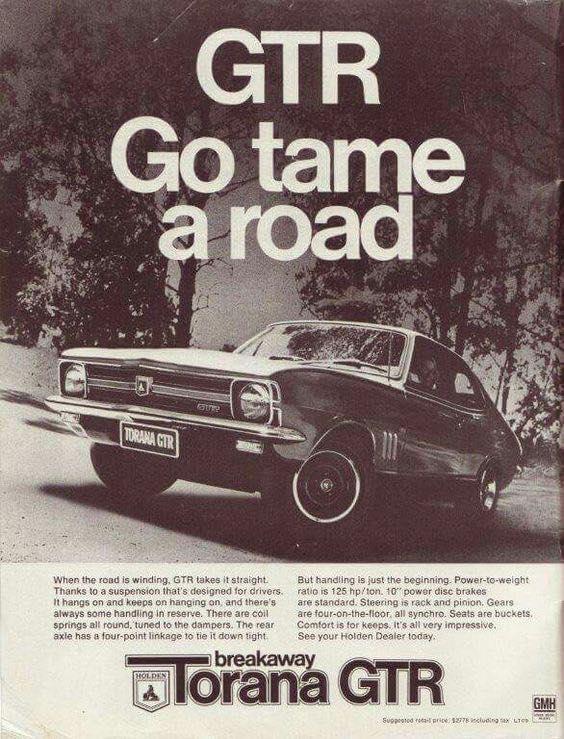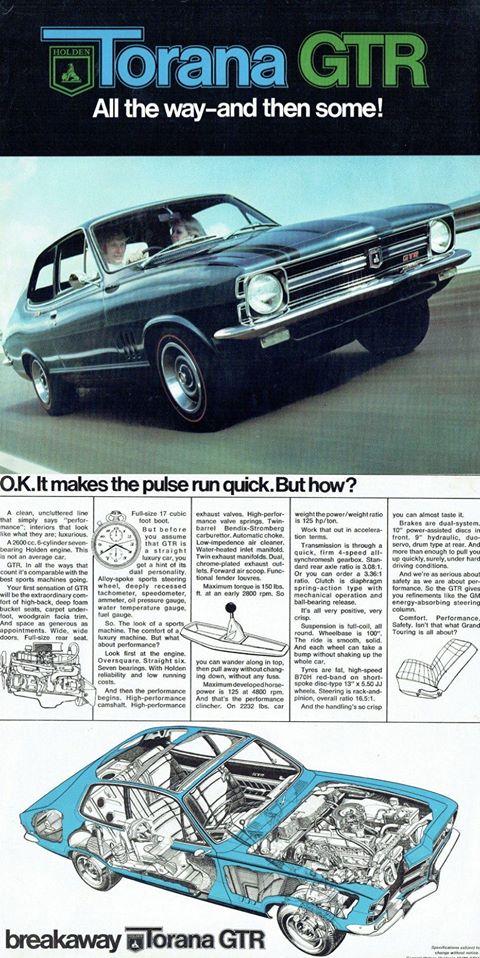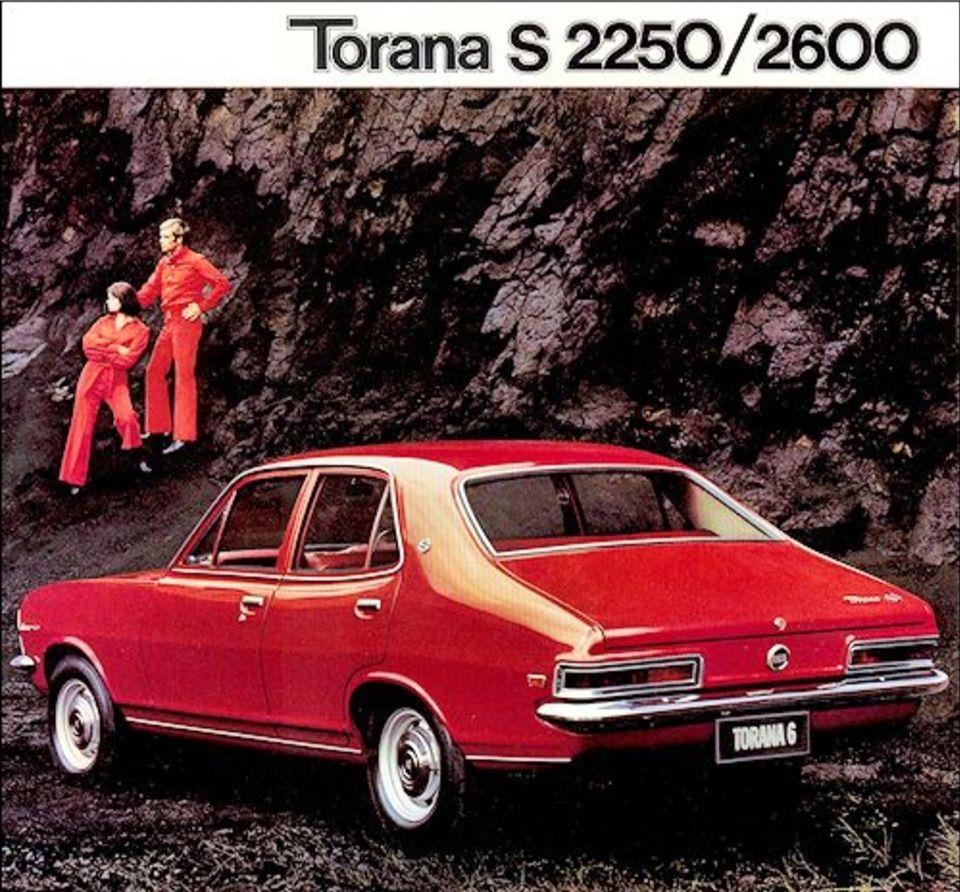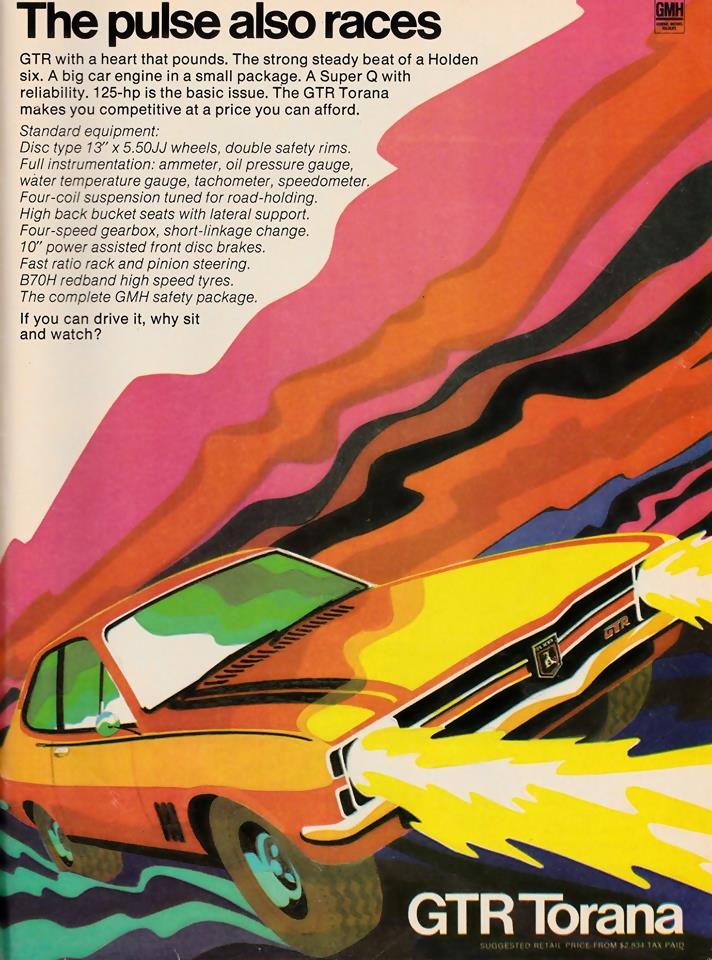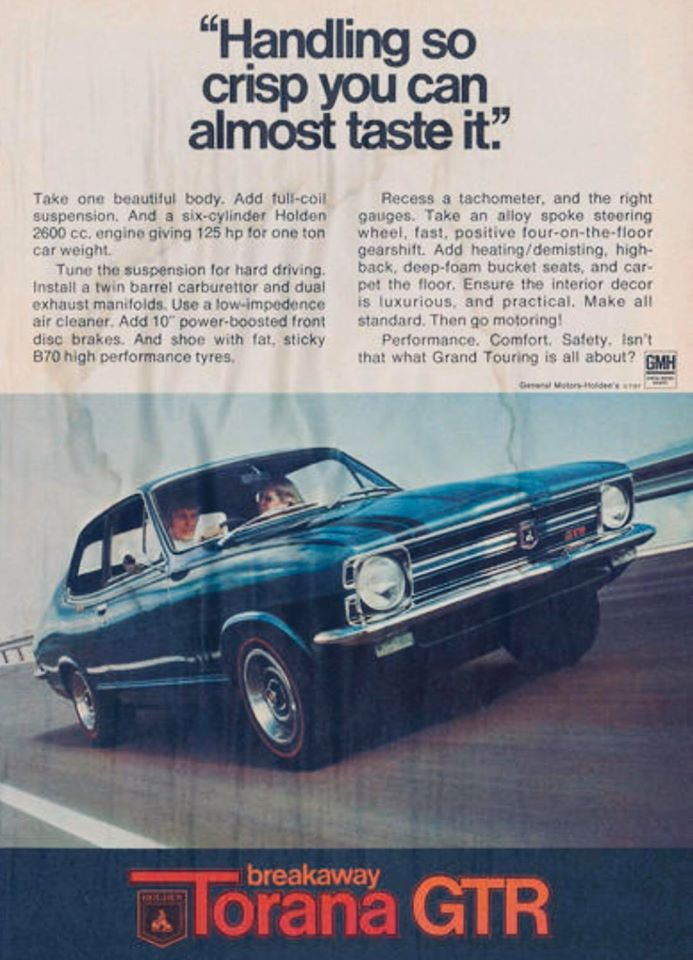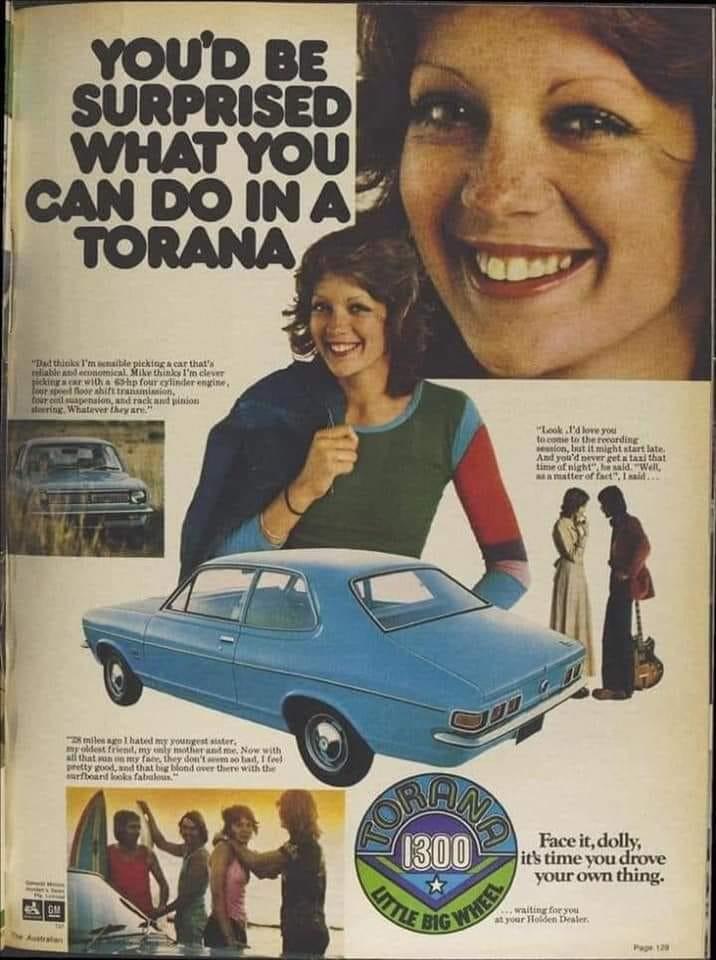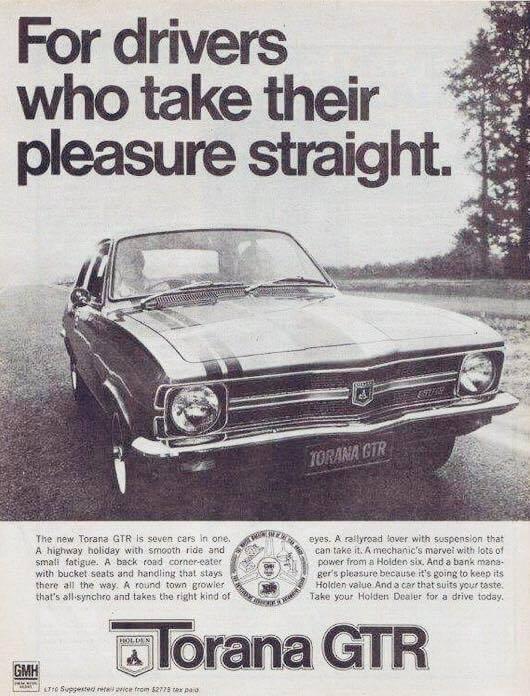The Holden LC Torana
The second generation of Toranas known as the LC, first arrived in October 1969, options were a four or a six-cylinder engine. The straight six capacity was 138 cu in also known as the ‘2250’. There was also the more-powerful 161 cu in engine also known as the ‘2600’, which was optional. The six-cylinder version had a longer wheelbase (100 in against the 95.8 inches 4 cylinder version), sharper styled and a longer nose to fit the bigger engine. This version includes an option of a three-speed Trimatic automatic transmission, and a three or four-speed manual gearbox. In 1969 the Holden Torana won Wheels magazine’s Car of the Year award.
The four-cylinder engine offered either 56 or 69 hp (42 or 51 kW) and was originally a 1159 cc. The more punchy Brabham ceased and in July 1971, a larger overhead cam 1.6-litre engine taken from Vauxhall from the UK, with 80 hp was added. The engine was also paired up to a stronger gearbox.
A new style was available in a two- or four-door version, and were offered in base only, S, or SL trims in four-cylinder only. The GTR, which was a two-door sport model, came with the 2600S motor and also as standard equipment had a two-barrel Stromberg WW carburettor and front discs brakes. These front discs brakes were optional on all other models. Bucket front seats came as standard equipment for all LC Toranas. There was an option of a front bench seat for the four-door S and SL six-cylinder models. At the end of production in July 1971, the introduction of a larger 173-ci version, the ‘2850’, which were the last of the LC GTR cars in two-barrel form, the 2850S.
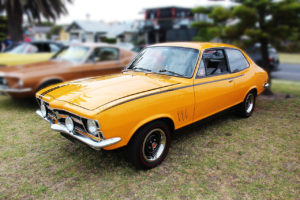 Holden LC Torana GTR
Holden LC Torana GTR
In late August 1970, the first GTR XU-1 Torana, was developed by Holden with Harry Firth of the Holden Dealer Team. The GTR XU-1 was made for both competition in popular Series Production racing series in Australia, and in off-road rallying. Nevertheless, the number one purpose of the GTR XU-1 was to compete against the Ford’s ferocious Falcon GT-HOs in the Bathurst endurance race.
The LC GTR XU-1 came fitted with a 186 cubic inch or 3 litre six clyinder engine that delivered 160 brake horsepower. Induction was by way of three Zenith-Stromberg CD-150 carburettors, exhaust duties weer carried out by a set of cast iron headers. This hot six cylinder head had performance modifications over the stardard engine including a performance camshaft. Channeling this power was by way of an Opel four speed manual gearbox. As standard this car featured a rear spoiler, guard flutes, wider steel rims, full instrumentation, and front disc brakes.
The Torana GTR XU-1 was a very strong performer on the road and track because of its power to weight ratio. It soon gained popularity in Australia, being the choice race car in many forms of motor sport, primarily Series Production touring car racing and overtook the V8 Monaro GTS 350 as Holden’s number one track race car in 1970, winning many touring car and rally events. Unfortunately the Torana didn’t win Bathurst 500 race which Ford won in 1970 and 1971 with its powerful XW Phase Two and XY Phase Three Falcon GT-HOs.
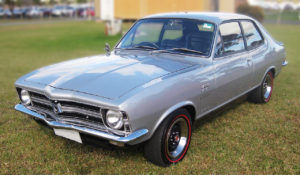 Holden LC Torana GTR XU-1
Holden LC Torana GTR XU-1
A total of 74,627 LC Holden Toranas were made.
LC TORANA

October 1969 saw Holden move into the small to medium section of the car market by introducing the LC Torana. The concept was that of a small to medium car coming to life with the Aussie six cylinder engine and drivetrain. The basic HB Torana floor plan was used, pushing forward the front wheels achieving more under bonnet space and designing a brand new outer body. All cars came standard with front bucket seats and a rear seat with a much higher cushion than the HB, giving a more luxurious feel to the interior. The dashboard and instruments were identical to the HB series 2.
The engine and drivetrain for the six cylinders were borrowed from the larger HT range, which gave a lightweight Torana a superb power to weight ratio. Front and rear suspension were still HB only strengthened and upgraded.
The LC series had two versions in the one model, which included the longer wheel base six cylinder range and a shorter four cylinder type. The four cylinder model was the same mechanically to the earlier HB series, using its front sheet metal paired to the new LC body from the windscreen back and keeping the HB’s wheel base. The four cylinder model came with a standard two door sedan and a two or four door S to a two door SL. The six cylinder cars came with a two or four door S, and a four door SL lastly the two door GTR.
GM-H gave the smaller section a big shake up with the release of the Torana GTR. This little powerhouse came with a 2600 S engine plus a four speed Opel manual transmission, power front disc brakes, a front stabilizer bar, sports suspension and full custom. It came in a choice of bright colours. Front guard flutes, rally stripes and wide sports wheels with sports tyres completed the new look.
The 2600 S engine was a slightly smaller version of the HT’s 186 S, consisting of a twin barrel carb, twin cast iron exhaust headers, mild profile camshaft and performance valve springs and bearings. The instruments fitted with the GTR were almost identical to those found on the HB Series 2 Brabham Torana.
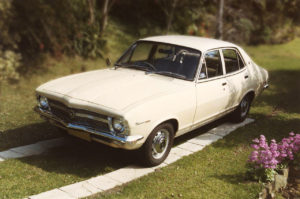 Holden LC Torana S 2600 4-door
Holden LC Torana S 2600 4-door
In late 1970, GM-H amazed everybody with the release of the XU-1 option for the GTR. This little pocket rocket was created by Harry Firth in the Holden Dealer Team workshop to take off from where the Monaro GTS 350 finished.
Rather than taking on Ford’s Falcon GT HO on a power race, Firth’s thought it would be better to use a smaller, more resourceful package (which would be easier on tyres, brakes and fuel) with a power to weight ratio almost the same as the Ford’s. The XU-1 was built and authorized primarily for series production racing, with eyes focused on Bathurst. Enhancements over the standard GTR included a 3048 cc engine with triple 150mm CD Stromberg side draught carburetors, tuned length inlet manifold, sports air cleaners, revised cylinder head with bigger valves and a high lift camshaft. This resulted in a healthy 160 bhp. Also installed were a two inch exhaust system, chunkier disc brakes, limited slip differential, bigger fuel tank, front air dam and rear boot lid spoiler. Badging incorporated bold GTR XU-1 stickers on the front guards and on the boot spoiler.
Furthermore on the LC was the Trimatic automatic transmission. This was GM-H’s very own three speed transmission and was made available on the Series 70 four cylinder and available on all six cylinder cars, all but the GTR, including floor or column shift. The four speed manual on the four cylinder cars was incorporated from the HB, but the three speed all synchro column shift and four speed Opel floor shift were brought over from the HT.
The LC four cylinder engine range was restricted to the 56 brake horsepower and 69 brake horsepower versions of the 1159 cc Vauxhall four cylinder (the Brabham option was no longer offered). The standard version six cylinder engines were the new small bore 2250 cc unit and the optional 2600 cc engine.
The four cylinder range was tweaked in June 1971 with the release of a 1600cc OHC engine. The 1600 was a slant four, similar to the two litre unit in the Bedford CF van, and was sourced from Vauxhall UK. With 80bhp and 96 ft/lb of torque, it was a lot more spritely than the smaller 1159 cc OHV engine.
When the 1600 OHC engine was launched, the four cylinder model range was modified. The S and SL name plates were scrapped, the base model was renamed the Torana 1200 and the S model changed to the Deluxe with the new 1600 engine only optional on the Deluxe. The Torana SL four cylinder two door is known for being the first ever Holden model to be halted during a series production run, with the 82411 and 82469 model codes going on as the Deluxe two and four door. The four speed manual transmission made for the 1600 OHC was a tougher unit with a lift up reverse lockout ring on the gearstick lever.
A rare option on the S and SL six cylinder models was the front bench seat had a hand brake mounted under the centre of the dashboard.
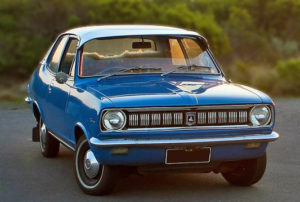 Holden LC Torana SL four-cylinder 2-door
Holden LC Torana SL four-cylinder 2-door
In July 1971, the six cylinder engines were upgraded to HQ specs with a upgraded head design. While the 2250 engine size continued, the new 2850 engine replaced the outdated 2600 engine and the 2850 S was paired with the GTR replacing the 2600 S. Moreover, the HQ’s new Australian four speed manual transmission was used instead of the old Opel unit on RHD cars.
MINOR FEATURES
- All engine size identification in metric units.
- Rear side blinker repeaters fitted to all models.
- four cylinder cars used 12 x 4 wheels with a four stud pattern.
- six cylinders used 13 x 4.5 wheels (except GTR), 13 x 5.5 standard on GTR and optional on all other models, with a 4.5 inch five stud pattern.
- GTR instrumentation optional on all models.
- GTR steering wheel same as HT and HG Monaro GTS.
- GTR differential 3.08 (3.36 optional).
- GTR XU-1 differential 3.36 (3.08 optional).
- six cylinder automatics differential 2.78 (3.08 optional).
- Alternator now fitted to four cylinder engines (HB had generator).
- Base model same trim as HT Belmont.
- S model same trim as HT Premier.
- GTR model same trim as HT Monaro GTS including Houndstooth cloth option.
- All grills made from pressed anodized aluminum.
- Rack and pinion steering in all models.
- Banjo type differential centre same as six cylinder HT.
- LC also available in left hand drive (export).
DIMENSIONS
| IMPERIAL | METRIC | ||||
| FUEL TANK | … | 8 GALLONS | … | 30 LITRES | |
| WHEELBASE | (4-CYL) | … | 95.8 INCHES | … | 2433 mm |
| WHEELBASE | (4-CYL) | … | 100 INCHES | … | 2540 mm |
| TRACK | (FRONT 4) | … | 51 INCHES | … | 1295 mm |
| TRACK | (FRONT 6) | … | 51.8 INCHES | … | 1316 mm |
| TRACK | (FRONT GTR) | … | 52.2 INCHES | … | 1326 mm |
| TRACK | (REAR 4) | … | 51 INCHES | … | 1295 mm |
| TRACK | (REAR 6) | … | 50.8 INCHES | … | 1290 mm |
| TRACK | (REAR GTR) | … | 51.2 INCHES | … | 1300 mm |
| HEIGHT | … | 53 INCHES | … | 1346 mm | |
| WIDTH | … | 63 INCHES | … | 1600 mm | |
| LENGTH | (4-CYL) | … | 162 INCHES | … | 4115 mm |
| LENGTH | (6-CYL) | … | 173 INCHES | … | 4394 mm |
PRODUCTION
| DOMESTIC | … | 71 277 |
| EXPORT (WHOLE) | … | 2 918 |
| EXPORT (CKD) | … | 432 |
| TOTAL | … | 74 627 |
ENGINE
| COMP. RATIO |
OUTPUT | ENG.NO. PREFIX |
|
| 1200 | 8.5 | 56 BHP | – |
| 1200S 70 | 9.0 | 69 BHP | – |
| 1600 OHC | 8.5 | 80 BHP | – |
| 130 CI | 8.8 | 90 BHP | 130T OR CA |
| 138 LO | 7.8 | 95 BHP | 2250L OR CC |
| 138 HI | 9.2 | 95 BHP | 2250H OR CB |
| 161 LO | 8.2 | 108 BHP | 2600L |
| 161 HI | 9.2 | 114 BHP | 2600H |
| 161 S | 9.2 | 125 BHP | 2600S |
| 173 LO | 8.3 | 112 BHP | CE |
| 173 HI | 9.4 | 118 BHP | CD |
| 173 S | 9.4 | 130 BHP | CF |
| 186 XU-1 | 10.0 | 160 BHP | CK |
TRANSMISSION
| FOUR CYLINDER |
| FOUR SPEED MANUAL (FLOOR) |
| THREE SPEED AUTOMATIC (TRIMATIC FLOOR) |
| SIX CYLINDER |
| THREE SPEED MANUAL (COLUMN) |
| THREE SPEED MANUAL (FLOOR) |
| FOUR SPEED MANUAL (OPEL – FLOOR) |
| FOUR SPEED MANUAL (AUST – FLOOR) |
| THREE SPEED AUTOMATIC (TRIMATIC F/C) |
FINAL DRIVE
| RATIO – 3.98 (56 BHP AND FOUR SPEED MANUAL) |
| RATIO – 4.125 (56 BHP AUTO AND OTHER 4’s) |
| RATIO – 3.08, 3.36, 3.55 (6-CYLINDER) |
MODELS AND RELEASE DATES
| MODEL | 2-DOOR | 4-DOOR | RELEASED | AVAILABLE UNTIL |
PRICE AT RELEASE |
| TORANA (4) | LC/82211 | – | 28 OCT 1969 | LJ – JAN 1972 | – |
| TORANA S (4) | LC/82411 | LC/82469 | 28 OCT 1969 | DELUXE – JUL 1971 | $1980 (2) |
| TORANA 1300 DELUXE | LC/82411 | LC/82469 | 6 JUL 1971 | LJ – JAN 1972 | – |
| TORANA 1600 DELUXE | LC/82411 | LC/82869 | 6 JUL 1971 | LJ – JAN 1972 | – |
| TORANA SL (4) | LC/82611 | – | 28 OCT 1969 | DELUXE – JUL 1971 | – |
| TORANA S (6) | LC/82311 | LC/82369 | 28 OCT 1969 | LJ – JAN 1972 | – |
| TORANA SL (6) | – | LC/82569 | 28 OCT 1969 | LJ – JAN 1972 | – |
| TORANA GTR | LC/82911 | – | 28 OCT 1969 | LJ – JAN 1972 | $2840 |
| TORANA GTR-XU1 | LC/82911 (XU1) |
– | AUG 1970 | LJ – JAN 1972 | $3150 |
PAINT CODES
| GMH CODE | PAINT CODE | PAINT TYPE | |
| BEIGE | 568-12206 | 1G041 | SOLID |
TRIM CODES
| GMH TRIM CODE | TRIM CODE | |
| UNKNOWN | 1294 – 41 F | – |
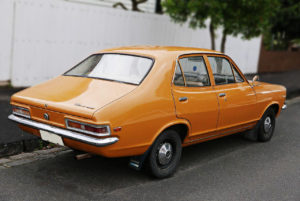 Holden LC Torana Deluxe 1200 4-door
Holden LC Torana Deluxe 1200 4-door
LC |
|
| Holden Torana (LC) Deluxe 1200 4-door | |
| Overview | |
| Production | 1969–1972 |
| Body and chassis | |
| Body style | 2-door sedan 4-door sedan |
| Powertrain | |
| Engine | 1159 cc OHV I4 1599 cc OHC I4 130 cu in (2,130 cc) GMH 130 OHV I6 (Export) 138 cu in (2,262 cc) GMH 2250 OHV I6 161 cu in (2,639 cc) GMH 2600 OHV I6 173 cu in (2,835 cc) GMH 2850 OHV I6 186 cu in (3,049 cc) GMH 186 OHV I6 |
| Dimensions | |
| Wheelbase | ● 2,430 mm (96 in)
● 2,540 mm (100 in) |
| Length | ● 4,120 mm (162 in)
● 4,380 mm (172 in) |
| Width | 1,600 mm (63 in) |
| Curb weight | ● 805–835 kg (1,775–1,841 lb) (Torana 4)[1]
● 950–1,010 kg (2,090–2,230 lb) (Torana 6)[1] |
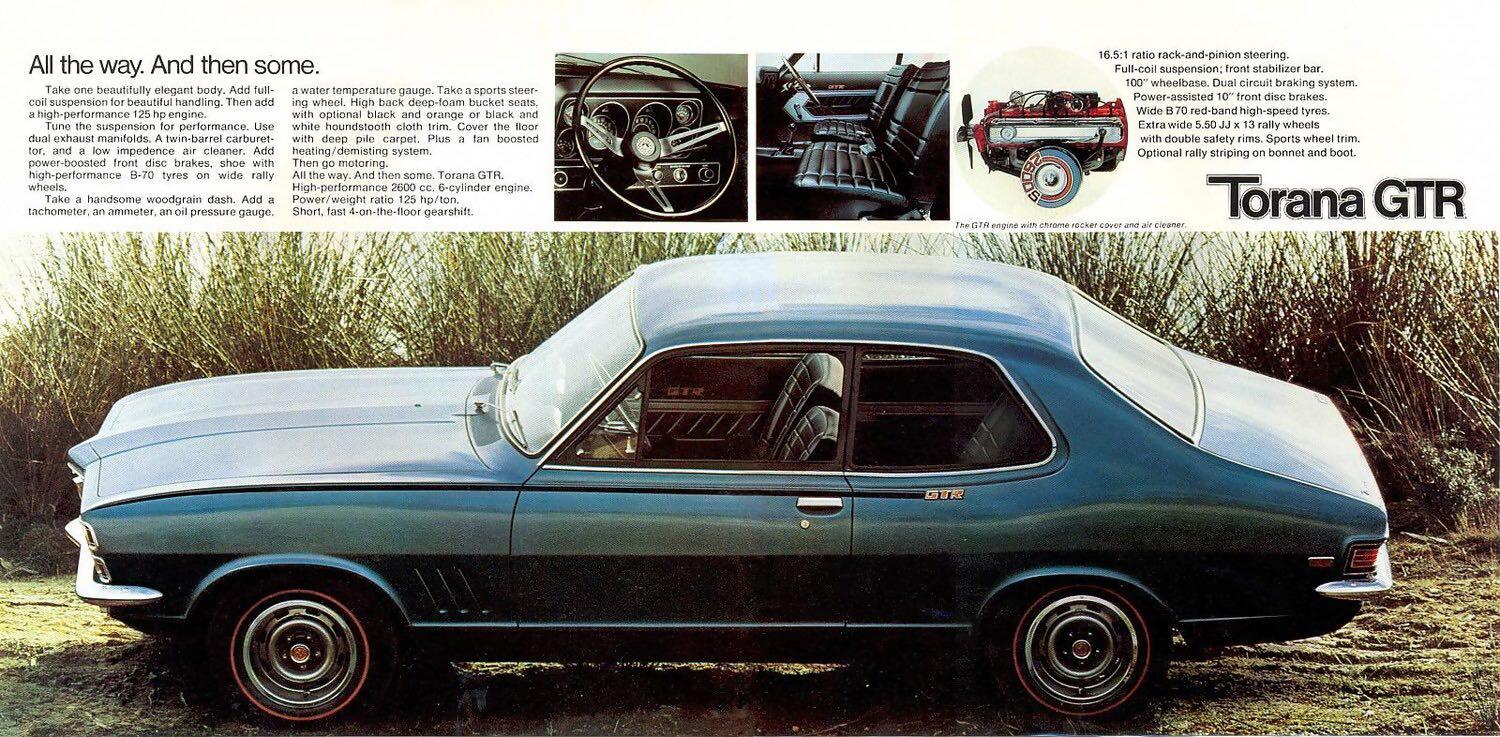
1970 GM-H Print Media Advert; Holden LC Torana GTR, For drivers who take their pleasure straight.
Read more about Torana models and history here


